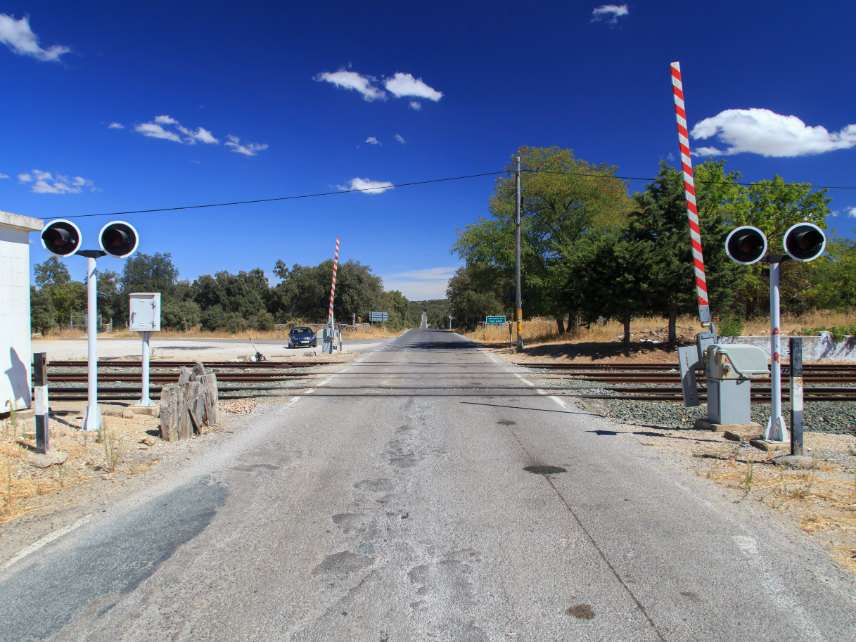Virginia Rail Crash Highlights Media, Government's Lopsided Approach to Rail Safety
Spectacular but rare accidents receive the bulk of the attention.

An iron law of safety hysteria is that it is drawn to incredibly rare and spectacular events while ignoring far more common causes of death and injury. Nothing illustrates this better than the media's drastically different treatment of two recent high-profile Amtrak accidents.
On Wednesday, a chartered Amtrak train carrying a large number of Republican congressmen hit a garbage truck in Virginia, killing the driver and seriously injuring the truck's passenger.
The media certainly covered the accident: Cable news devoted a healthy amount of airtime to the crash, and articles about it appeared in The Washington Post and The New York Times. But that was because the lawmakers were present. Remarkably little of the coverage addressed either the cause of the crash or how it could be prevented. (The Wall Street Journal was a notable exception.)
Contrast this with CNN's coverage of an Amtrak derailment outside Seattle in December, which killed three people. Though this kind of derailment death is exceedingly rare—it accounts for about one percent of all American rail deaths in 2016—the network dedicated an article and multiple news segments to how such a derailment could have been prevented with staggeringly expensive "positive train control" (PTC) technology. This wasn't unusual: That technological fix was the driving theme of most reports on the accident.
Meanwhile, a third of railroad deaths are caused by accidents at highway-railway crossings. According to the Federal Rail Administration (FRA), 777 people were killed in rail incidents in 2016, of whom 260 died at highway grade crossings like the Virginia crash. Another 509—mostly trespassers—were killed in "other events." (The Research and Innovative Technology Administration puts the number slightly higher. The FRA number also does not count the roughly 255 people who committed suicide via train in 2016.)
Try to remember the last highway-railway crossing death that attracted a ton of national media coverage without a trainful of Republican legislators being involved.
The misplaced media focus has been matched by a misplaced policy focus. Transportation Secretary Elaine Chao identified PTC implementation as a top safety priority for 2018 in a letter to railroad executives. Rep. Peter DeFazio (D-Ore.) has introduced a bill that would require PTC to be installed on all rail tracks in the country by the end of the year, and would provide $2.5 billion to get the job done.
That's about 10 times the $235 million federal appropriation being made to eliminate hazards at railway-highway crossings. The freight and passenger rail lines have collectively spent some $11.5 billion implementing PTC since Congress first mandated the technology in 2008.
This is not to say that PTC has no value. The technology really does work. But every dollar spent implementing positive train control is a dollar not spent addressing far more common causes of rail fatalities, which are also far cheaper to fix. Installing double-arm crossing guards at highway-railway intersections could go a long way toward preventing vehicle collisions. Fencing off more miles of track would cut down on trespasser deaths.
The more common a type of accident is, the more the press and the politicians shrug it off as just a matter of course. The more unusual or shocking an accident, the more airtime and federal dollars are spent puzzling about how to make sure it never happens again.
Rent Free is a weekly newsletter from Christian Britschgi on urbanism and the fight for less regulation, more housing, more property rights, and more freedom in America's cities.


Show Comments (17)